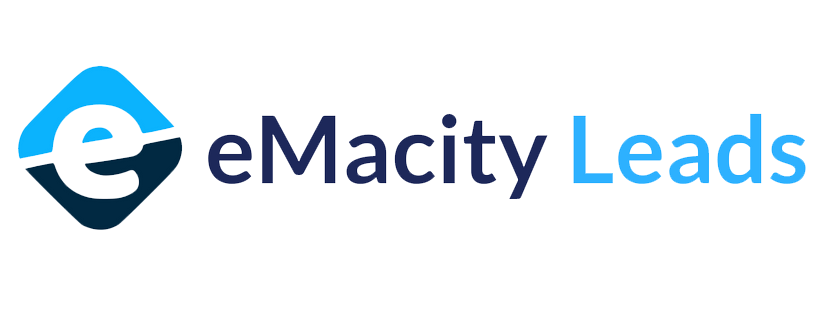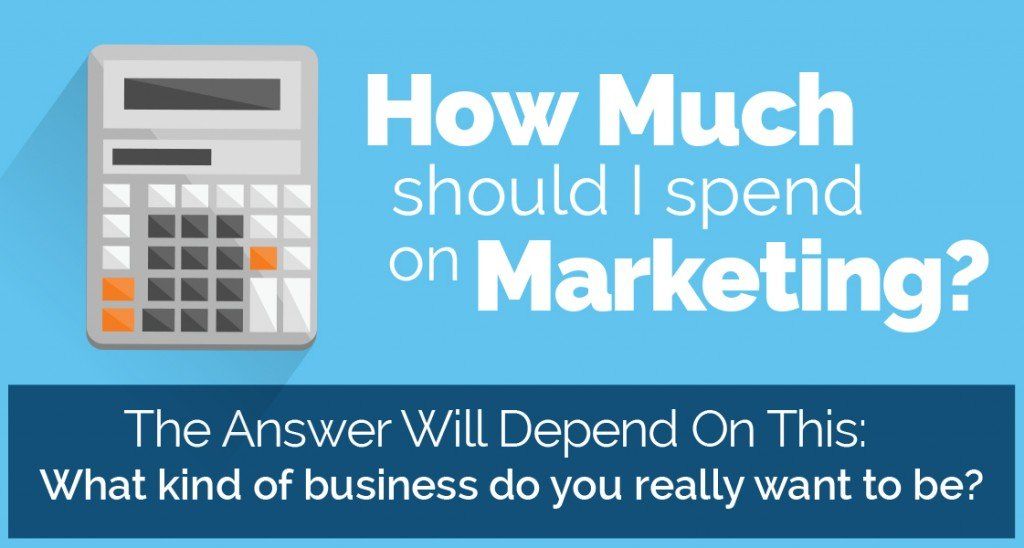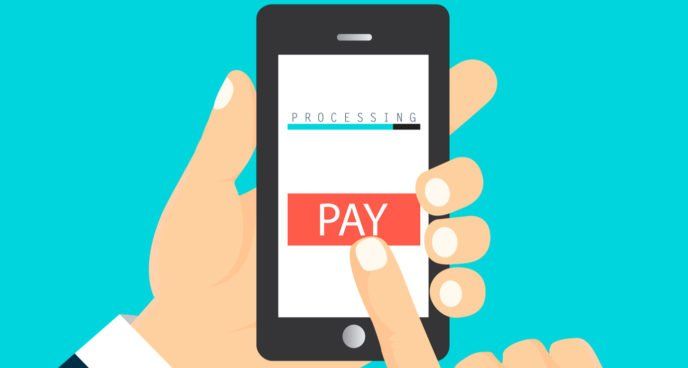What is Marketing Automation and How Does It Help?
Marketing automation is the process of using software to complete repetitive marketing tasks designed to nurture sales leads, personalize marketing messages and content and in the process, save marketers’ time and effort.
By automating many of these tasks, users can more effectively send the right message, to the right user at the right time. This provides strategic inbound marketing and automation solutions. “Marketing automation is all about understanding your audience so you can adapt the way you communicate to them based on their unique buying journey. Businesses can scale their processes and campaigns so they can reach more people, with less effort, because it allows you to track every interaction and score engagement, you can be more personalized and targeted with your messaging, while still maintaining efficiencies.
How Marketing Automation Works
Marketers deploy strategies through their marketing automation systems in a number of ways many of which are outlined below.
Specifying Criteria:
Marketers who use a marketing automation system specify criteria and outcomes for tasks and processes. That criteria gets interpreted, stored and executed by the marketing automation software while scoring the quality of leads and ultimately delivering data to sales teams often through customer relationship management (CRM) software.
Leveraging Cookies:
Marketers who use marketing automation also leverage cookies installed in a website visitor’s web browser. Marketers can track their visitors through the website pages, build scores for the prospect and trigger more profile data based on web actions.
Using Forms for Contact Information:
For marketers, the name of the game in marketing automation is building qualified leads for sales teams based on lead nurturing and lead scoring (more on that later). “Marketing automation is an easy way to help you qualify leads,” Davis said.
Marketers use forms to collect contact information that allows them to qualify leads. Based on the information submitted, you can have automation set up to place leads in respective buckets depending on the initial data collected, Davis added. At that point, you are put in a position to identify your “best” leads and determine the best means of communicating with your new lead to ensure a higher closing rate.
Allowing a Mix of Inbound and Outbound Strategies:
Marketing automation systems promote a strong mix of inbound and outbound strategies, and the ability to properly score leads. This helps marketers understand which leads are qualified and ready for sales, and which ones need more time to learn and understand the challenges that you can help them solve, Hendrix noted.
Marketing Automation Components
Marketers use marketing automation software in order to build quality leads for sales. According to marketing automation provider Marketo
, the software can be divided into a few key marketing parts
:
- Central marketing database: Marketing data with prospect and customer interactions and behaviors are stored and nurtured to allow marketers to segment and target the right message to each customer.
- Engagement marketing engine: Marketing automation allows marketers to conduct marketing processes and conversations across online and offline channels.
- Analytics engine: Marketers can test, measure and optimize marketing ROI and impact on revenue.
Marketing automation is also designed, according to Quick Sprout , to:
- Target content specifically tailored to an individual’s specific user profile
- Group customers and prospects by what they like: common behaviors, interests and demographic details
- Test different variables like email send times and subject headings
- Integrate marketing channels like customer relationship management databases or CRMs.
Marketing Automation Features
Email marketing is the most common place where businesses start using marketing automation, and there are many powerful features available, according to ActiveCampaign’s Davis:
- Tags and custom fields give users a way to group or segment their contacts, enabling them to communicate with different segments in a more effective, personal way
- Emails, forms, site tracking and attribution enable users to communicate with and understand their customers’ behavior
- Visual automation builders give users an easy way to create a complex flow to guide customers through a unique customer journey
- Reporting brings in all of the data and allows users to measure the effectiveness of their marketing
- Pipelines effectively manage the sales process as it allows marketing teams to efficiently “hand off” leads to sales to close a deal.
Act-On’s Hendrix said marketing automation needs to be able to manage the entire lead lifecycle. This calls for features that include the following.
- Inbound marketing tools such as social publishing, landing pages and forms
- Outbound marketing tools such as email marketing and A/B testing
- Automation with lead scoring
- Lead nurture workflows
- Analytics for reporting on the effectiveness of your campaigns, tying them back to revenue won.
According to Salesforce , which offers marketing automation through its Pardot product, marketing automation features also include:
- Visitor tracking: Track website visitors and which pages they went to, for how long, what their web visit pattern looked like
- Hosted and tracked marketing files: Automatically generated tracking URLs allow for content tracking
- Real-time sales alerts: Sales reps can set parameters on when to follow-up with leads
- Lead scoring and grading: This can help improve the sales and marketing relationship dynamic by aligning scoring and grading on all prospects and customers. This allows scoring based on activity level and grades to see how likely they’ll be to buy a product or service
- Lead nurturing: Marketing automation software helps deliver the right messaging to prospects automatically, leading them to helpful content and ultimately to a conversion and sale
- Forms and landing pages: Build custom landing pages without having to know HTML and link marketing assets stored in automation systems to use as downloadable content. Progressive profiling helps marketers shorten forms to ensure prospects aren’t turned off by long forms. They can be shown additional fields in future forms allowing marketers to build up a detailed prospect profile over time.
- Closed-loop reporting: Marketers can calculate individual campaign costs at any time and automatically have opportunity data sync between CRM and marketing automation systems.
Good vs. Bad Marketing Automation
As efficient as automation is, it can't be the only marketing strategy. The worst thing a business can do is automate all of its marketing. “By over-automating your marketing, you end up managing a customer journey instead of optimizing it. Each business is different, but good marketing automation happens when a business is thoughtful about the personal relationships with its customers,” he said.
Sending impersonal messages or canned responses to customers is ineffective, Davis continued, and often a turnoff to customers. “Instead, using the information you know about your customers and their actions can help you build optimized customer journeys where every personal feels like an individual,” Davis said.
According to Hendrix, there are two types of "bad" marketing automation: People who use a marketing automation platform ineffectively, and platforms that label themselves as “marketing automation” even when that’s not the case. “True marketing automation allows you to track each touchpoint that a person has with your brand, take that in and adapt your messaging accordingly. It should enable you to not only automate processes, but anticipate your buyers' needs and accelerate their buying journey. Marketers need a solid marketing automation strategy, rather than just automating the same tasks they’ve been doing all along," Hendrix said.
Marketing Automation vs. CRM
Marketing automation and customer relationship management systems are two different platforms. But they undeniably work together. CRMs manage customer data. Although you can have a CRM without marketing automation, marketing automation cannot exist without a CRM, according to Davis. The CRM serves as the central database for marketing automation. It’s where all the information is stored for each contact along their customer journey, he added. “It also allows multiple people, across multiple departments within your organization to remain synced up with the current state of the contact to ensure consistency in communicating,” Davis said.
Marketing automation focuses on the needs of the marketing team and CRM is focused on the needs of the sales team, Hendrix said. “Marketing automation is your communication engine, while CRM is your database of record,” she added. Some marketing automation systems support native integrations for CRMs like Salesforce, SugarCRM and Microsoft Dynamics. These integrations help marketers create a connected and automated lead management process that enables optimization over time, with the right reporting.
What is Enterprise Marketing Automation?
B2B marketing organizations tend to rely on enterprise marketing automation systems that enable them to generate interest in the product or service by nurturing a relationship with the business customer, according to SelectHub. Smaller businesses that market mainly to consumers focus on marketing automation systems that help them engage the customer with the brand and the product rather than nurturing relationships.
Instead of focusing on contacts the focus shifts to accounts in enterprise marketing automation systems, from where Account-Based Marketing (ABM) comes. “Enterprise marketing automation is a solution that supports the entire customer lifecycle with tools for inbound and outbound strategies, and makes it easy to get data in and out of the platform,” Hendrix said. “With robust APIs to get data in, this allows for more robust workflows and strategies, and the ability to get data out is essential when it comes to integrating with business intelligence tools for fully customized reporting. Enterprise platforms are ones that have been proven to be scalable, as they support customers with databases of over 1 million records.”
Four Marketing Automation Trends to Watch in 2019
Brian Wallace, president of NowSourcing , wrote last month in CMSWire that technological improvements related to machine learning, chatbots and analytics "will drive a number of notable developments in the field of marketing automation."
Wallace cited four marketing automation trends. Automated Social Media Outreach
Social media automation tools like SocialDrift allow marketers to automate various interactions that would otherwise be tedious to complete manually. These interactions can drive social media users to take actions like following your brand or visiting your organization’s website.
Integrated Behavior-based Email Workflows
Email workflows have been around for some time, but integrated workflows that use other channels (like social ads) in addition to email are a newer phenomenon. Thanks to tools like Ad Espresso and LeadsBridge , it is now possible to trigger retargeting ads only when contacts enter specific workflows.Predictive Lead Scoring
Tools allow organizations to unleash the power of machine learning on lead scoring. Using probabilistic calculations, software platforms like Infer can reliably determine what leads are more likely to convert to customers.
Personalized Content Recommendations
Marketing teams can now run account-based marketing programs like the one from Marketo with ease. Content marketers can develop content for specific target accounts or types of target accounts, and personalization platforms can display specific pieces of content to website visitors based on IP address.
Like this Post? For more information contact: info@emacityleads.com











